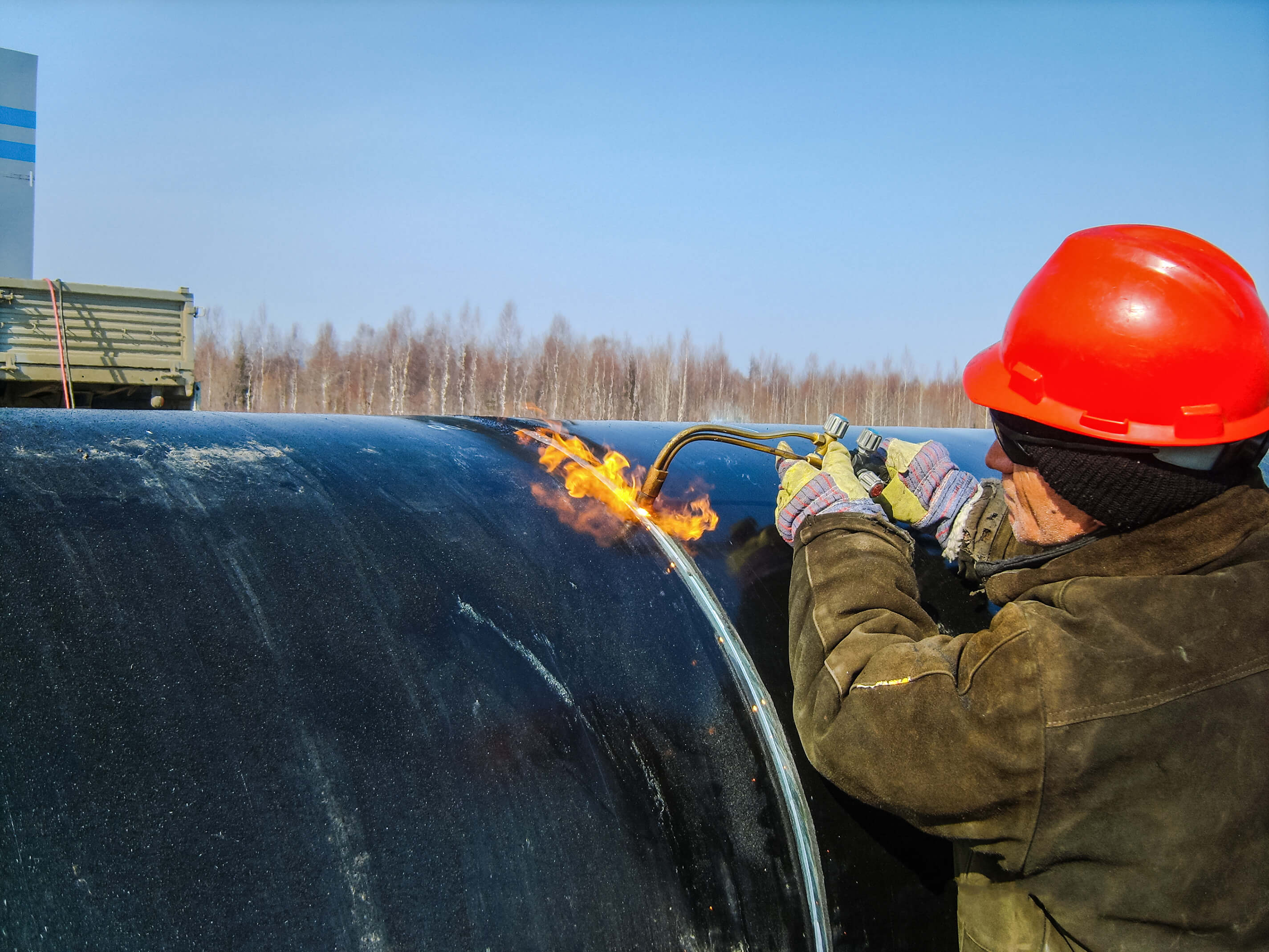
If you're looking to jumpstart a pipefitting career in College, AK by 2025, the first step is obtaining the plumber’s license issued by the Alaska Department of Labor and Workforce Development 1. You'll typically enter the trade through a 10,000-hour, five-year apprenticeship involving hands-on experience and classroom training 2. This guide covers the requirements, opportunities, and expertise you’ll need to become a successful pipefitter in College, AK, while providing clear steps to get started — for more details, check out the BLS page on Plumbers and Pipefitters.
Before diving into the process, it's essential to understand what being a pipefitter entails. Pipefitters install, repair, and maintain complex industrial plumbing systems, including pipelines, valves, and mechanical systems across buildings or industrial facilities like oil refineries and power plants 3. They work primarily with high-pressure systems, meaning your work must be precise and code-compliant. As a pipefitter, your daily tasks may include:
With oil, gas, and infrastructure growth in Alaska, including the $45–65 billion Alaska LNG project, your skills will be in high demand 3. For additional career insights, visit the UA Local 367 apprenticeship program.
Yes, by 2025 you must obtain a plumber’s license from the Alaska Department of Labor and Workforce Development to legally work in pipefitting roles 1. While no stand-alone pipefitter license exists, many professionals follow the apprenticeship-journeyman-licensing path as part of the UA Union programs, such as UA Local 367 or Local 375, to meet state plumbing license standards 3.
While the EPA 608 certification is common in HVAC roles, it's not required specifically for pipefitters but is valuable for those involved in commercial refrigeration 4. To explore salary expectations and job trends, check Indeed's pipefitter salaries in AK.
![]()
The most robust path into the trade is through a registered apprenticeship program, such as the ones offered by UA Local 367. These programs span 5 years (or about 10,000 hours) of on-the-job training and classroom learning covering everything from welding, piping systems, blueprint reading, and safety standards 2.
Here’s the typical breakdown for a pipefitter apprenticeship in Alaska:
| Apprenticeship Type | Duration (Months) | Description |
|---|---|---|
| General Pipefitting | 60 | Includes foundational and advanced pipefitting techniques, blueprint reading, and on-site system planning |
| Pipeline Construction | 54–60 | Focused on large infrastructure projects, particularly in Alaska’s oil and gas sector |
| Commercial Piping | 60 | Emphasizes industrial systems, HVAC, and plumbing in commercial settings |
To find an apprenticeship:
Not all of these are state-mandated but are typical prerequisites, especially for apprenticeship programs in Alaska 6.
A union apprenticeship like those through UA Local 367 or Fairbanks Pipefitters Local 375 will get you trained both in classrooms and on the job. Learn more about available apprenticeships at UA Local 367's site.
While not mandatory, completing the full 5-year apprenticeship qualifies you to work unsupervised under union guidelines. Many apprentices become certified to build experience and increase wages 6. For certification details, refer to the BLS on Plumbers and Pipefitters.
Once you've completed your apprenticeship, you can apply for a journeyman or master plumber's license through the AK DOL, which enables higher autonomy and union recognition across projects 3. Explore more opportunities via ZipRecruiter for Alaska pipefitting jobs.
Alaska is a top-paying state for pipefitters with steady job growth driven by industrial projects:
| Region | Average Hourly Wage | Average Annual Salary |
|---|---|---|
| Alaska Statewide | $35.20 | $73,672 |
| College, AK (approx.) | $31–$38 | $65,000–$79,000 |
| National Average | $20–$30 | $41,000–$63,000 |
These high wages reflect both demand and cost of living in remote Alaska 7. Check current salary data at Indeed's pipefitter page.
Currently, 47 to 76 pipefitter positions are open statewide, including in College 8. As major infrastructural developments continue into 2025, this demand is expected to rise, especially for workers certified by NCCER or NSTC and trained through the Alaska workforce development funding 3. Visit Gild for job listings to stay updated.

The pipefitting industry in Alaska is evolving rapidly, especially with the federal infrastructure act funding driving $1.3 trillion in construction projects nationwide, including renewed oil and gas infrastructure, water treatment systems, and transportation developments. For more on industry trends, review the BLS outlook.
Evolving tools like threading machines, cutting torches, and computerized blueprint software are becoming standard 3, and the Alaska LNG project is expected to create thousands of pipefitting jobs in the coming years — making Alaska one of the nation’s top regions for opportunity and high wages 3. The AK Biz Mag on training programs offers deeper insights into these trends.

Starting a pipefitting apprenticeship in College, AK opens the door to a stable, high-paying career in a rapidly expanding sector. By following the steps outlined here—earning your license, completing a union apprenticeship, and gaining as much experience as possible—you’ll position yourself for long-term growth and success.
Ready to connect with local pipefitting apprenticeships today? Explore available positions in College, AK through Gild, check out UA Local 367, or search ZipRecruiter for Alaska jobs and jump-start your journey into this high-demand trade.
https://www.tws.edu/blog/welding/licensing-requirements-for-pipefitters-by-state/ ↩ ↩2
https://www.ziprecruiter.com/Jobs/Pipefitter/--in-Alaska ↩ ↩2 ↩3 ↩4
https://ualocal367.org/training/apprenticeship-program/ ↩ ↩2 ↩3 ↩4 ↩5 ↩6 ↩7
UA Local 375 Plumbers and Pipefitters Apprenticeship Training - How to Apply ↩ ↩2
https://www.ziprecruiter.com/Jobs/Pipefitter-Positions/--in-Alaska ↩

